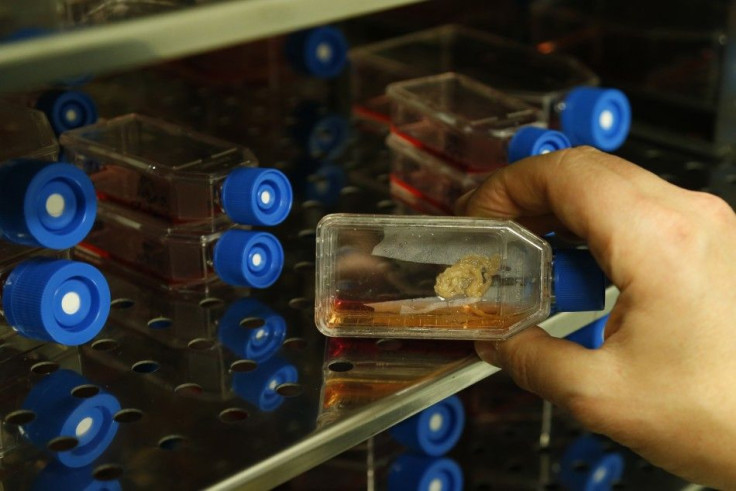Stem Cell Breakthrough: Growing Body Parts With The Help Of One's Tissues Almost A Reality

A team of scientists, which includes 15 Australians as well as researchers from Canada, Netherlands and South Korea, have identified a new kid of stem cell, a type of pluripotent cell. The stem cell opens up the prospect of using the patient's cells to make organs and issues which would be used to treat medical conditions.
This research, known as Project Grandiose, could be seen as a breakthrough in stem cell research, opening up a new era in the field of regenerative medicine. The findings have been published in the Nature Journal and Nature Communications.
According to The Age, the cells could be programmed in such a way that it could became any cell type in the body, starting from a cell in the brain to even the heart. The cells could be used for the purpose of transplant by growing new organs and tissues. Thomas Preiss, a molecular biologist from the Australian National University, said that the cells were remarkably useful as they could be applied to different areas of medicine.
Preiss said that the new stem cells could be grown easily in large quantities. He explained that the cells were easier to manipulate than traditional cells, which usually had to be grown in complex and expensive solutions and this could help in drug screening efforts as well as disease modelling in the laboratory.
Tissue damage and cell loss are associated with Parkinson's, Alzheimer's, stroke, age-related macular degeneration, stroke, diabetes, blood and kidney diseases and spinal cord injury, reported Yahoo News. The stem cell breakthrough could help in the research and treatment of these conditions.
According to Preiss, if a skin biopsy was taken from a patient and if a replacement part could be made from that, then it would be more applicable and would also bypass ethical concerns. In cases like these, the risk of the body rejecting the transplant made by the patient's cells were also lessened to a great extent.
Apart from the research related to using patient's own cells, Project Grandiose, an international consortium, also looked into the complex molecular changes that the cells undergo to become stem cells. Preiss explained that the information they have found how the activity of the genome alters during reprogramming will open up the opportunity of additional research.





















